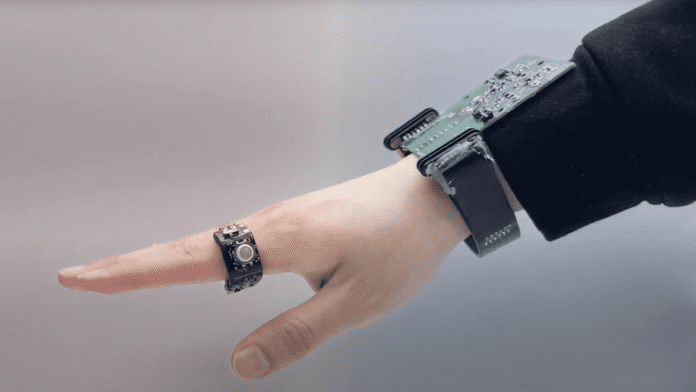This post is also available in:
 עברית (Hebrew)
עברית (Hebrew)
As augmented and virtual reality devices become more common, the search for better ways to control them—without relying on bulky peripherals or touchscreens—has become a growing area of research. A team at the University of Tokyo has taken a step forward with the development of picoRing, a compact, wireless input device designed to bring familiar mouse-like control to wearable systems.
PicoRing is a 5-gram, ring-shaped controller that functions as a low-power mouse, capable of sending scrolling and clicking commands to AR glasses or other wearables. Unlike previous smart rings, which often struggled with power limitations due to small batteries, picoRing is designed to run for over a month on a single charge.
According to Interesting Engineering, the key to this efficiency lies in a new communication method. Instead of relying on conventional wireless protocols like Bluetooth or NFC—which either consume too much power or have limited range—picoRing uses a semi-passive inductive telemetry system. This method allows the ring to transmit data over greater distances using minimal energy by passively amplifying magnetic fields.
To help with communication, the system uses a companion wristband that serves as a relay between the ring and the connected device. This design offloads most of the power-intensive functions to the wristband, enabling the ring itself to remain lightweight and energy-efficient.
Although still a prototype, picoRing shows promise in AR and VR scenarios where space and mobility are limited. While it currently supports only basic input functions—such as scrolling or selecting—it could be refined over time for more complex use cases.
The researchers also see potential in adapting the device for health monitoring, thanks to the ring’s skin contact, which could support sensors for heart rate or stress detection in future models.
The work is detailed in the proceedings of the 38th ACM Symposium on User Interface Software and Technology and may influence the future design of wearable interfaces, particularly in environments where traditional input devices are impractical.


























